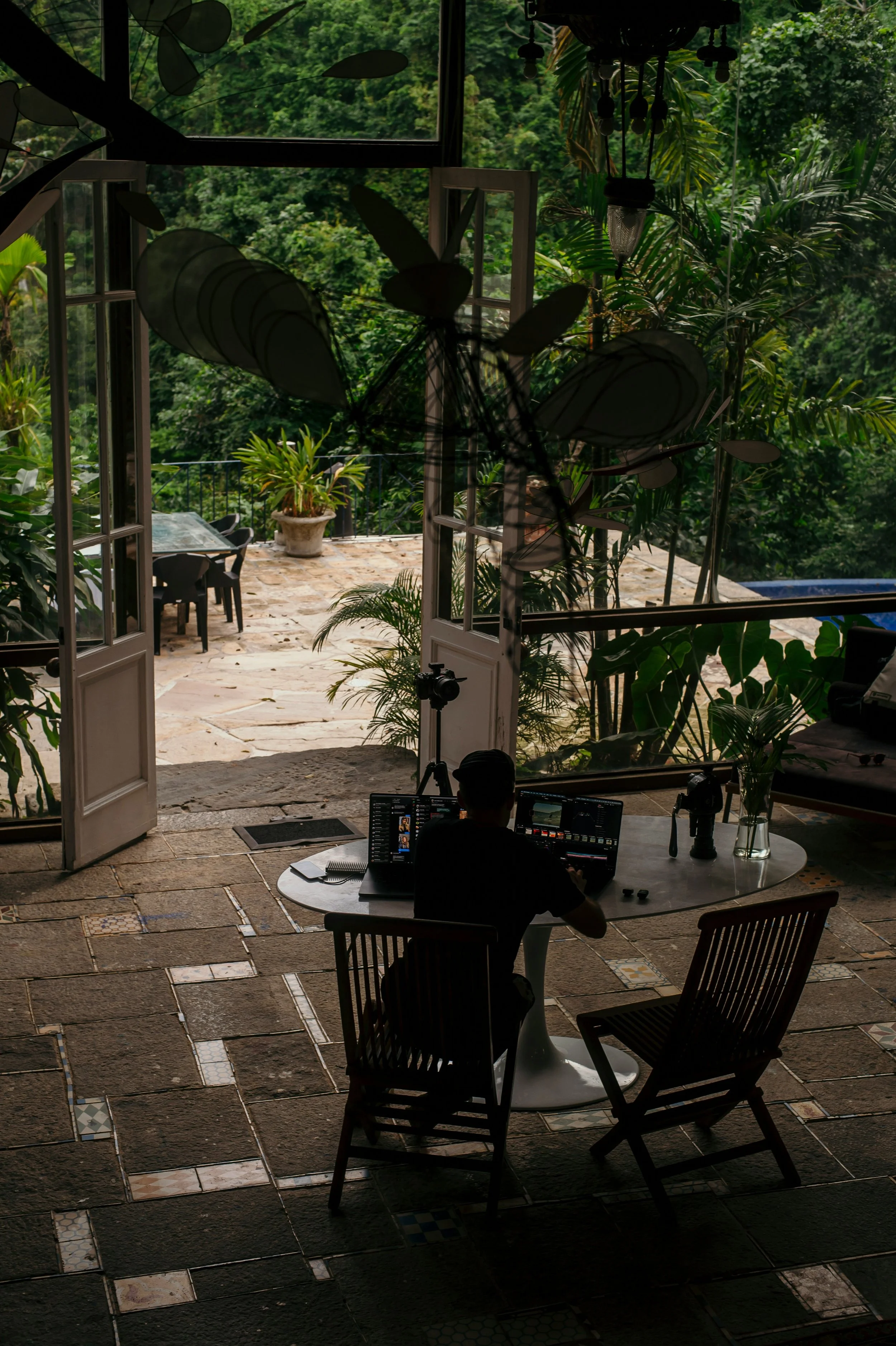Grow with Purpose
Strategize for Impact
-
CURATED CONNECTIONS
Specialised in identifying, cultivating and negotiating strategic partnerships to drive impactful projects.
-
GLOBAL EXPERTISE
Bridging foundational expertise in global landscapes and complexities with real-world realities and local solutions.
-
BUSINESS ACUMEN
Tailoring support to attract investors, achieve goals, and balance ambition with practicality.
-
SUSTAINABILITY
Commitment in integrating environmental and social considerations and supporting clients align their own unique set of opportunities.
-
WORK WITH ME
The FIGA method, is a boutique advisory service that offer tailored strategies rooted in sustainability, climate and environmental principles. The purpose is to support clients build, plan, or grow their business or strengthen and scale initiatives in ways that translate global challenges into tangible and context specific local solutions. The founder, Monica Sepka, leverages on her background in International Development, Disaster Risk Management and Climate Change Adaptation supported by a decade of experience within the international development and humanitarian systems in mobilising resources, shaping strategic priorities and managing projects and partnerships. Living in the Middle East, South America, Southeast Asia and New York, has brought a deep foundational perspective on global realities and invaluable insights on how diverse sectors navigate climate changes, socioeconomic challenges and crises.




